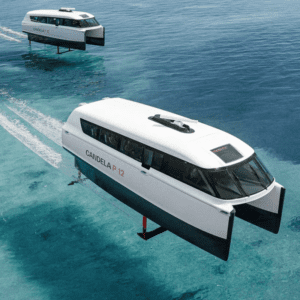I KNOW that travel is enriching and that locally managed hotels in exotic places can provide wonderful experiences.
Still, when I'm traveling abroad on business, the last thing I want in a hotel is cultural adventure. Instead, I want predictability and value. I want a comfortable bed in a clean, quiet room with a nice bathroom – in a place that's conveniently located and doesn't cost too much. Oh, and dependable Wi-Fi service and a friendly front-desk staff who have at least some proficiency in English.
Does that make me the prototypical Ugly American?
"Well, that phrase did just come to mind," Robert Mandelbaum, the director of research information services at the consulting firm PKF Hospitality Research, said with a laugh. We were talking in general about conditions in the hotel industry, which is continuing a steady recovery.
But one of the trends in the industry is the international expansion of midlevel hotels by major hotel companies.
The big chains have come a long way since the 1950s, when four-star Hilton Hotels spread through postwar Europe to cater to American tourists. So while top luxury hotels, like Marriott International's Ritz-Carlton, are established in major and even secondary cities around the world, midlevel brands have only recently begun to turn up in large numbers in foreign cities.
Certainly, we all welcome the local experience, within reason. But, as Mr. Mandelbaum acknowledged, there's virtue in "coming back at night knowing that the hotel room is safe, that the bathroom works and the Wi-Fi is available."
I appreciated that in a hotel that otherwise looked right at home near the teeming historic Zócalo plaza in central Mexico City, where my wife and I recently stayed at a Hilton Hampton Inn on a short business trip.
Beautifully renovated from an 18th-century monastery, the hotel had the standard Hampton Inn amenities, including a big, comfortable suite with free (working) Wi-Fi, and a free buffet breakfast, all for $116 a night. The staff was helpful – and they even kept at the front desk a supply of chargers for various laptop and smartphone models for guests who'd forgotten theirs.
Intensely trained in adhering to Hampton brand standards, employees there have "skin in the game," according to Phil Cordell, the worldwide brand manager for Hampton.
A few days later, we had an example of standards not being so well enforced. It involved a frustrating exchange of e-mails with a manager and reservations clerk at the Hilton DoubleTree in Querétaro, 124 miles northwest of Mexico City, where we attended the Mexico Business Summit.
We finally canceled our reservation in annoyance and booked elsewhere, after being curtly informed by a hotel representative that we would need to show proof of being 65 to qualify for a measly 5 percent AARP discount on the $128 rate. (In fact, the age requirement for AARP membership and travel discounts is 50.)
Instead, we stayed at the Fiesta Americana, a highly recommended local hotel, which turned out to be more expensive ($175), less convenient and maddeningly noisy because it was near a major highway.
Brand standards matter. When the international hotel company IHG opened a Crowne Plaza Hotel recently in Kochi, a commercial center on the west coast of India, the company's head of regional operations, Douglas Martell, said that "business and leisure travelers in India are seeking a hotel with a brand name they can trust."
There's more… continue reading the full article "Familiar Hotel Signs Glow in Unfamiliar Places" on the New York Times website












